“Oakland: Stop leaving your money on the table!”: Oakland Mayor Kicks Off Free Tax Prep, EITC Season
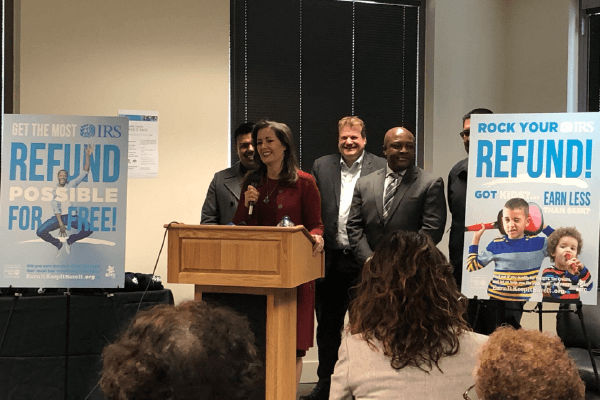
The Earned Income Tax Credit (EITC) and California Earned Income Tax Credit (CalEITC) are refundable tax credits for low- to moderate-income working individuals and couples, particularly those with families. Many people who qualify for EITC and CalEITC do not know about the credits, that they qualify, or how to claim the credit, whether or not they are required to file their taxes.
NEW: 2020 Census Outreach Cost Estimates

States will play an important role in helping to promote an accurate 2020 Census, but they can’t do it alone. Achieving a fair and accurate 2020 Census will require states to invest in community-based organizations (CBOs) as partners to ensure that trusted voices in local communities reach skeptical people about why it is important to fill out the census form.
Tips for Who Should Be On your Complete Count Committee – 8 Census Experts Give their Advice

We asked census veterans working across the country — from New York City to Minnesota to the Silicon Valley — on how to put together a great Complete Count Committee. Complete Count Committees (CCCs) are volunteer bodies assembled at the city, county, and state level that help with census local outreach and ensuring everyone is counted. Below are some words-of-wisdom for setting your committee up for success!
Canvassing by Community-Based Organizations Helped Protect $455 Million in Funding
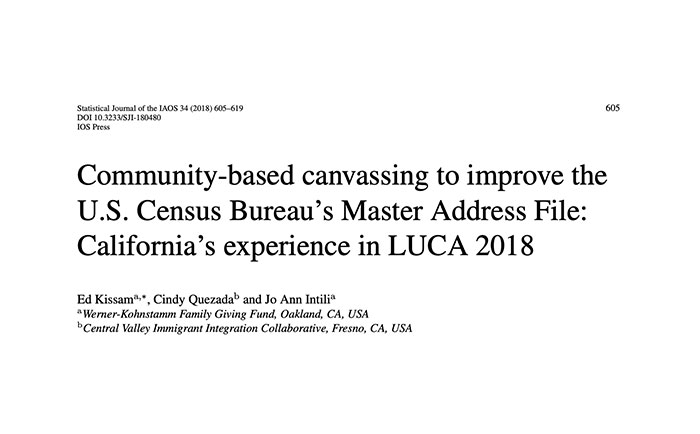
Community-sourced data and use of technology by local governments has helped make the Local Update of Census Addresses (LUCA) a success in California. A recently-released study reviewing California’s Local Update of Census Addresses (LUCA) shows how canvassing by community-based organizations helped protect $455 million in federal funding that would otherwise have been lost in an undercount.
California CBOs Can Now Apply for Census Funding: View RFP Below!
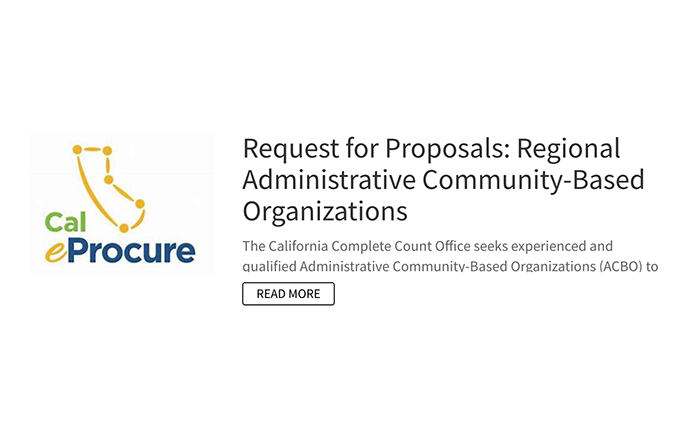
The State of California just released its RFP for CBOs to apply to become regional ACBOs for the 2020 Census! ACBOs will be responsible for regranting over $30 million in state funding to community partners in their region. Read our summary to learn how your organization can apply to become an ACBO.
What LUCA Taught us about Census Outreach
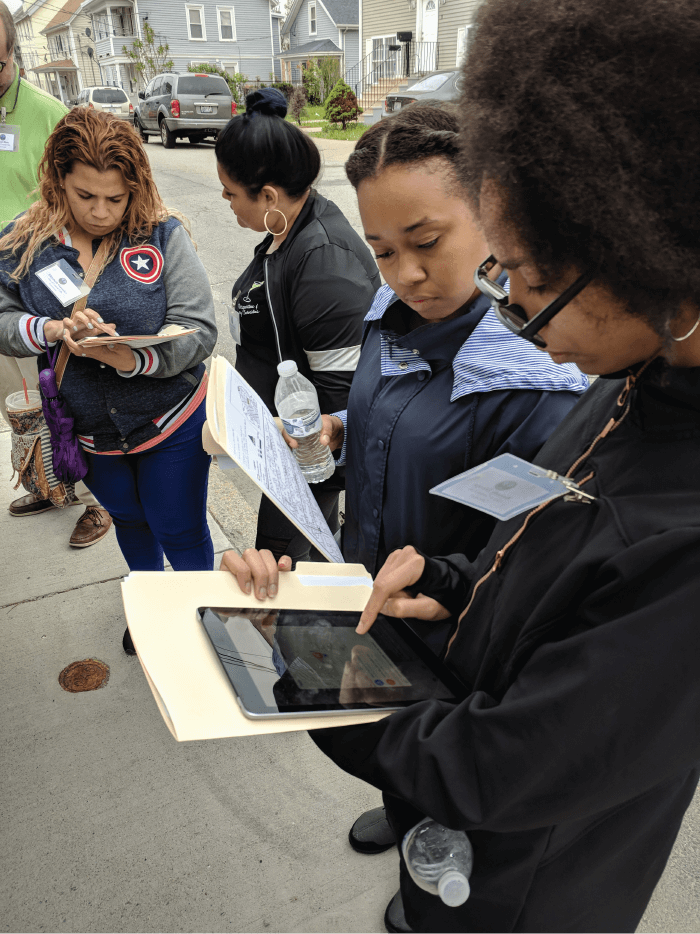
The Census Bureau uses a Master Address File (MAF) to distribute self-response forms and identify which residences require enumerator follow-up for the decennial census. If an address is left off the Census’ MAF, residents within that unit will go undercounted. In hard-to-count communities, as many as 2-3% addresses may be missing from the Census’ MAF. Due to budget cuts, the US Census Bureau will have fewer resources and staff to perform on-the-ground, address canvassing, which helps ensure the accuracy of its MAF. Cities and counties had the opportunity to contribute to an accurate MAF earlier this year by performing their own, local address canvassing, a process known as the Local Update of Census Addresses (LUCA).
Enumerator Recruitment: A High Impact Opportunity to Address Undercount in the 2020 Census
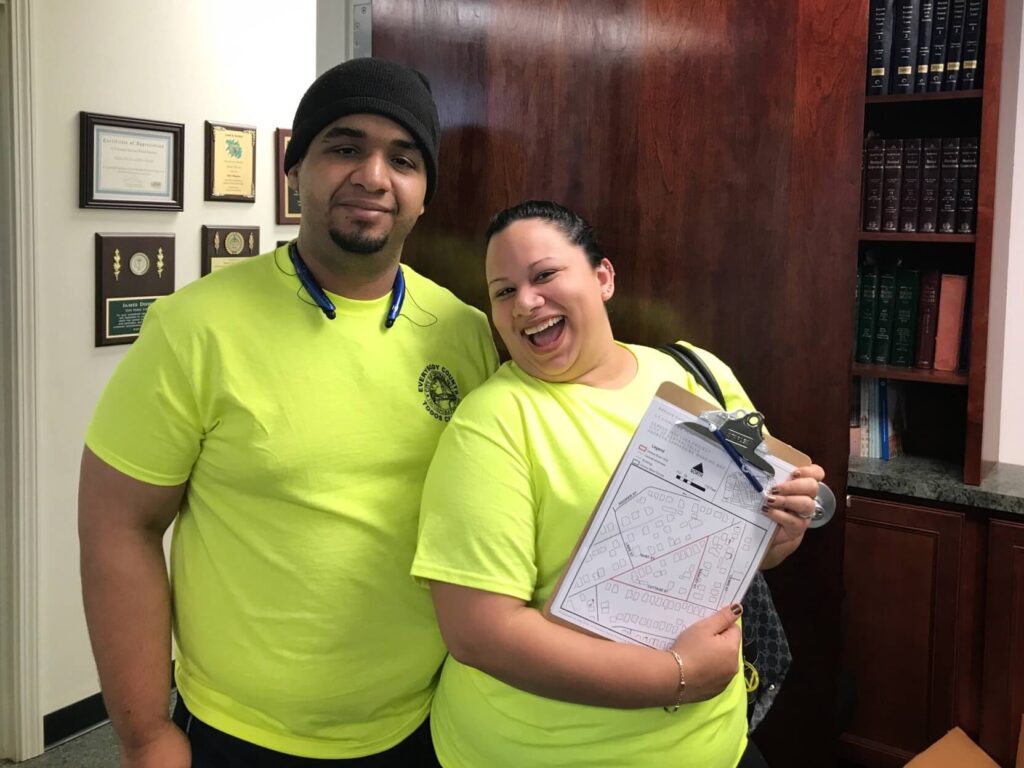
Sourcing and recruiting high-quality field staff is a strategic way to use precious grant dollars to ensure an accurate count. Door-to-door enumeration will account for up to 40 percent of America’s households in the 2020 Census, nearly 50 percent more than in 2010. The Census needs to hire, train and deploy nearly half a million enumerators — about the same number as the entire US retail sector hires during the holiday season — to knock on doors across the country. The Census Bureau is asking local nonprofits and community-based organizations for help in sourcing those candidates, especially from hard-to-count areas.
Pokémon GO Vote — How San Jose Caught Pokemon & Voters’ Attention
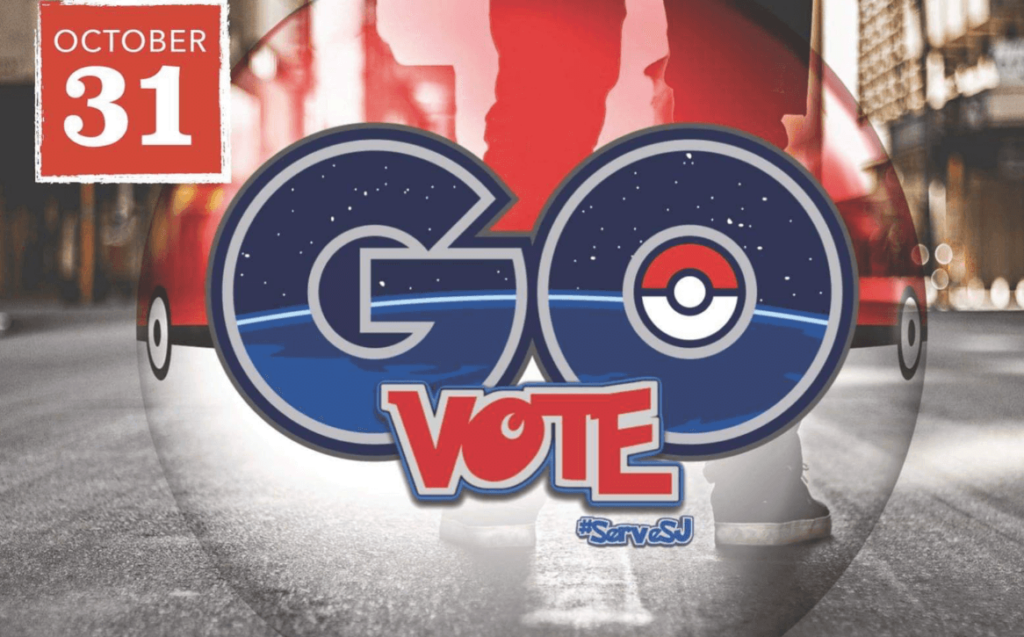
The 2018 election saw the highest turnout for midterms in more than a century. Much of this participation can be attributed to the innovative ways in which cities, counties, and states motivated their constituents to vote. San Jose modeled this kind of innovation through its partnership with CommunityConnect Labs and Pokémon GO. In an effort to verify and increase voter registration for the 2018 midterms, the three entities collaborated this past Halloween to launch “Pokémon GO Vote.”
CommunityConnect Labs Founder Perla Ni Speaks at Census HQ: “Local Government Data Use Can Better People’s Lives in Tangible Ways”
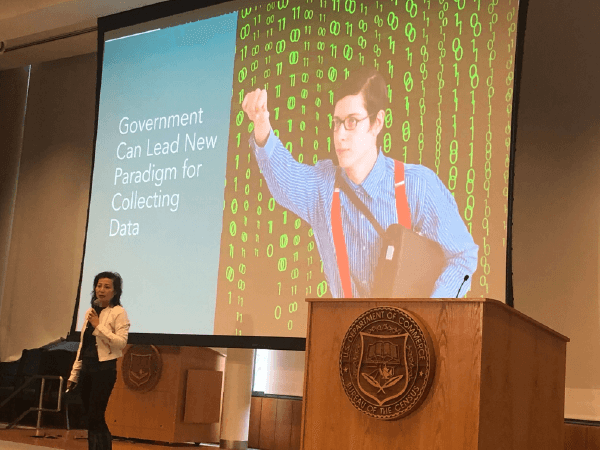
Governments can lead the way in showing how data collection is used to benefit residents and delivering improved services. CommunityConnect Labs presented examples of its local city surveys and Census solutions at The Opportunity Project’s (TOP) Demo Day at the U.S. Census Bureau this past March.
New Census Study Results: Text Messages Are No. 1 Requested Follow-Up Method

A study published last week by the U.S. Census Bureau shows that hard-to-count populations prefer text messaging and cell phone notifications over other methods of follow-up contact. This represents an important breakthrough in how best to activate hard-to-count communities to self-respond in the 2020 Census.
